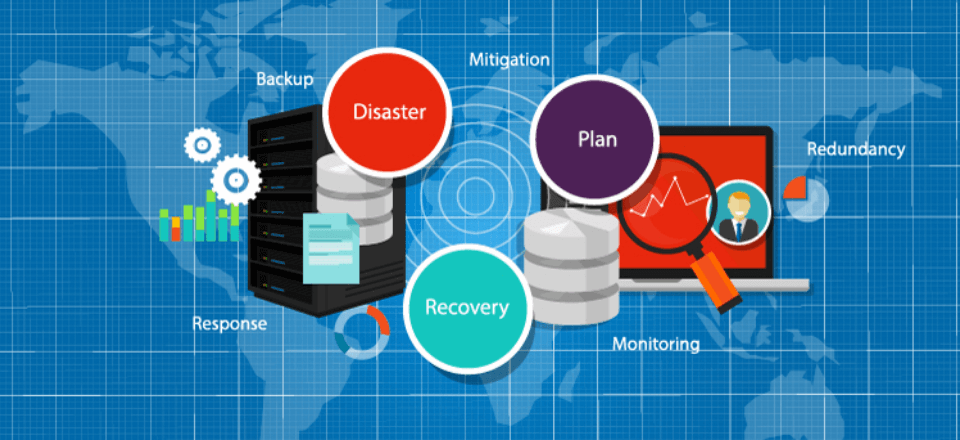What are the 3 main methods for Recovering Systems?

Introduction
A recovering system is a system that can recover from failures. This includes both hardware failures, such as a hard drive crash, and software failures, such as a corrupted file. Recovering systems typically use a combination of techniques to ensure that data is not lost in the event of a failure. These techniques include:
Backup systems.
A backup system is a copy of your data that is stored in a different location. It can be local or remote and either full or incremental. Local backup systems are onsite, while remote backup systems are offsite. Backup systems can be full backups or incremental backups, depending on the type of storage you use for your data and how often you need to restore it (full) versus just keeping an eye on what’s happening (incremental).TI Infotech offers a variety of backup and disaster recovery services to help businesses protect their data.
Failover systems.
A failover system is a type of backup disaster recovery that can be used to maintain continuity in case of an emergency. A failover system works by taking over the primary server when it fails, and then transferring all the data on it to another computer or storage device. This ensures that you don’t lose any important information during your downtime period.
Failover systems are also known as hot standby systems because they’re only activated when there’s an issue with one of your servers—they don’t run continuously unless there’s something wrong! The best part about using hot standby technology? It saves money by not having to buy extra hardware if one server fails; instead, all you need is a second one offsite so that both run independently at once (though this may cost some money up front).
Clustered systems.
Clustered systems are a group of computers that work together to provide a single service. The most common example is the server farm, where multiple servers are used to provide the same functionality as one system would by itself. This type of configuration is ideal for large businesses with huge IT needs, as it allows them to reduce downtime and increase capacity by adding more machines onto already-built networks.
In cloud computing (also known as virtualization), clusters may be composed from commodity hardware rather than custom made components; this makes clustering an attractive option for companies who don’t have their own data center or dedicated IT staff members available on site 24/7/365 days per year!
If you want to keep your computer system running safely and efficiently, you need to consider backup, failover and clustered options.
- Backup solutions provide a backup copy of data in case of hardware or software failure. This can be done through physical storage devices or cloud-based services like Dropbox or Microsoft OneDrive.
- Failover solutions allow one server to act as an alternate source for services that run on another server when there is a problem with the primary source (i.e., no internet connection).
- Clustered servers are multiple computers connected together through network cables that share resources such as processing power and memory capacity among them individually rather than sharing it collectively like traditional servers do by using load balancing software such as Apache HA (High Availability).
Conclusion
If you are looking for a reliable and affordable backup and disaster recovery solution for your business, TI Infotech can help. Contact us today to learn more about our services. When you need to recover your computer system, there are a lot of options available. You can use backup software or hardware, failover systems and clustered systems.
Read More: What are the 5 Biggest Advantages of Cloud Backup Solution in 2023? | TI Infotech Blog
